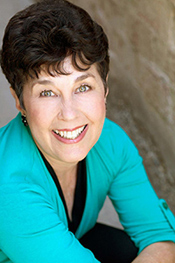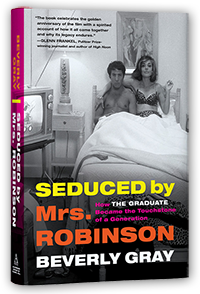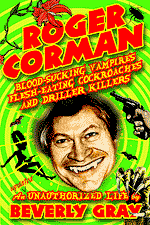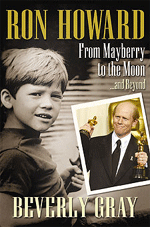What can you say about a teenage hottie who died? Such is a key questions broached by The Fault in Our Stars, a breakout summer hit among the younger set. The Fault in Our Stars is a faithful adaptation of a romantic YA novel that’s topped the bestseller lists since its debut in January 2012. Because of its focus on attractive young people coping with cancer, it put me in mind of the three-hankie novel and movie that some of us remember from 1970. Of course I’m talking about Love Story.
Improbably, Love Story was written by a young Harvard professor of classics, Erich Segal. I’m told he tried to sell a screenplay version, but was advised by a literary agent to publish a novel first. It appeared on Valentine’s Day, 1970, becoming the year’s top-selling work of fiction in the U.S., while also being translated into upwards of 20 languages. The film, released in December of that same year, was a runaway hit. When Oscar season rolled around, Love Story was nominated in seven categories, among them Best Picture, Best Director (Arthur Hiller), Best Actress (Ali MacGraw), and Best Actor (Ryan O’Neal). In the end, it won only for Francis Lai’s swoony score (cue the violins!), which went on to be featured in thousands of wedding ceremonies thereafter. The Love Story legacy also includes a #9 slot on the AFI’s all-time list of great movie romances. And, I suspect, it’s the reason that so many Americans born in the 1970s are named Jennifer and Oliver. (It will be fun to see whether, given the current popularity of The Fault in Our Stars, Hazel and Augustus will soon end up becoming baby names of choice.)
The curious thing about Love Story is that it’s not really about leukemia. Despite its famous opening lines – “What can you say about a twenty-five-year-old girl who died? That she was beautiful and brilliant? That she loved Mozart and Bach, the Beatles, and me?” – it does not spend most of its pages on illness. Instead, it’s a very polite and romanticized tale of class struggle, featuring the forbidden love between an upper-crust Harvard WASP and a working-class baker’s daughter. They meet in the school library; they spar (she disparagingly calls him “Preppie” at lot); they reconcile; they marry, after which Oliver’s banker-dad disinherits him. That’s when illness strikes, though father and son tearfully reconcile just after poor Jenny expires, having taught her young husband that “love means never having to say you’re sorry.” Prior to that, the movie’s been filled with now-common romantic tropes, like pretty young people romping through fields of flowers in slo-mo, their long locks flowing in the breeze. And, of course, illness itself looks pretty too: the sicker she gets, the more beautiful she looks. (The Carol Burnett Show brilliantly spoofed the film, via its hilarious “Lovely Story.”)
In writing The Fault in Our Stars, novelist John Green (who had worked as a chaplain in a cancer hospital and became a close friend of one young patient) was determined to cut the crap. True, his Hazel and Gus are both physically good-looking, and many elements of their story can be seen as pure YA wish-fulfillment. There is, for instance, that romantic trip to Amsterdam, where they drink champagne and fall into bed together, with her mother’s tacit approval. Still, their struggles with cancer – the toll it takes on them and on those around them -- are portrayed with heightened realism. Frankly, it’s encouraging to see a YA hit that deals with real-world problems, not the sex life of vampires.








I will stay far away from all forms of The Fault in Our Stars - I bristle at pretty people with problems - and I've seen enough cancer death in my life to want to avoid choosing more as my entertainment.
ReplyDeleteLove Story was truly all pervasive in the early 70's. I think I might have been taken to it as a toddler by my parents - I have vague memories of images from it. But I do have the theme song stuck in my head over 40 years later thanks to a wind up music box in the form of a 7-Up can. I played that thing a zillion times in my youth. The theme song - while sappy, true - is a haunting melody. Frankly - I can't imagine having it played at my wedding, considering the end result of the love affair it accompanied on screen!
"Pretty people with problems" -- boy, there's a lot of that going around!
ReplyDelete